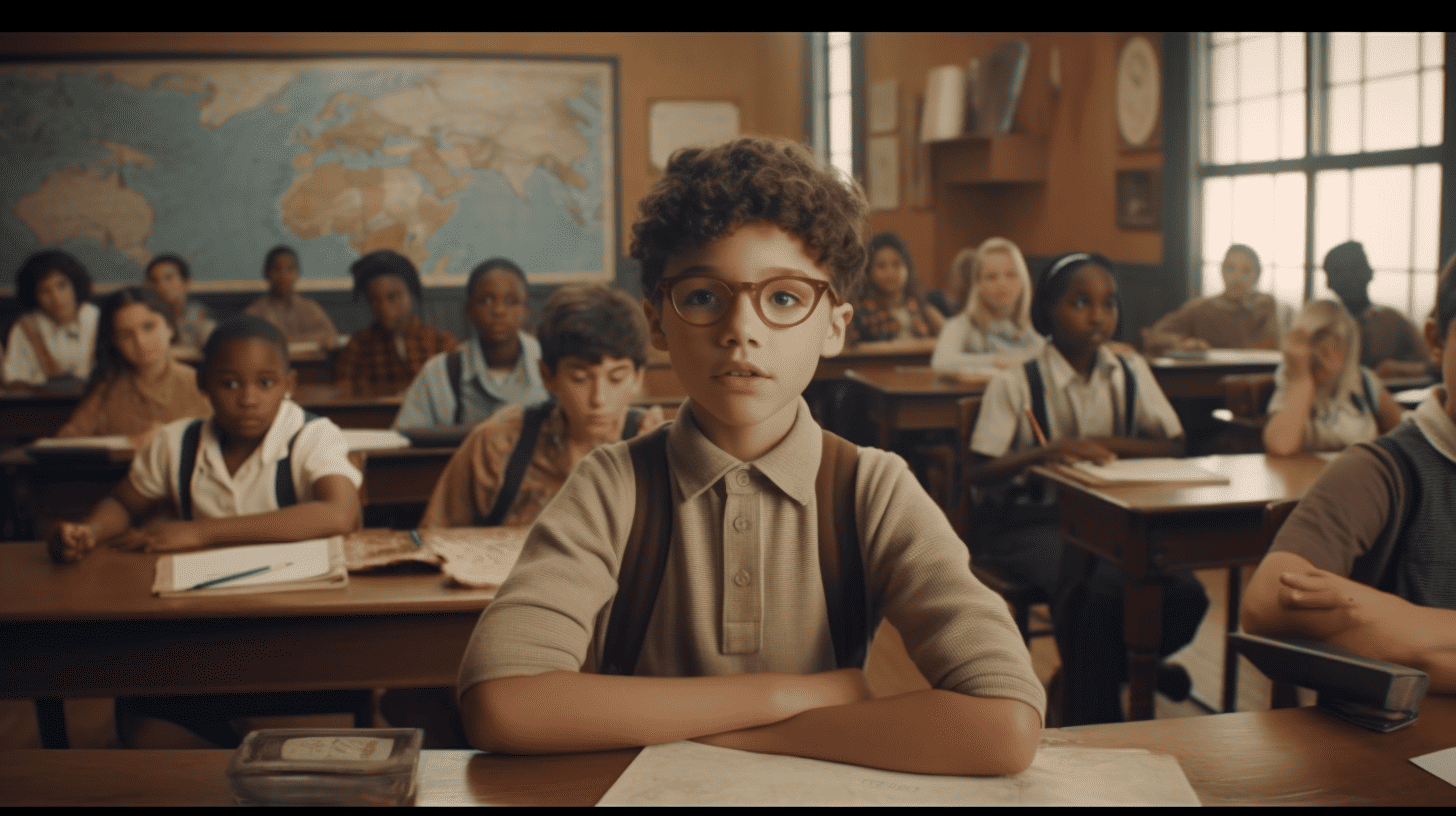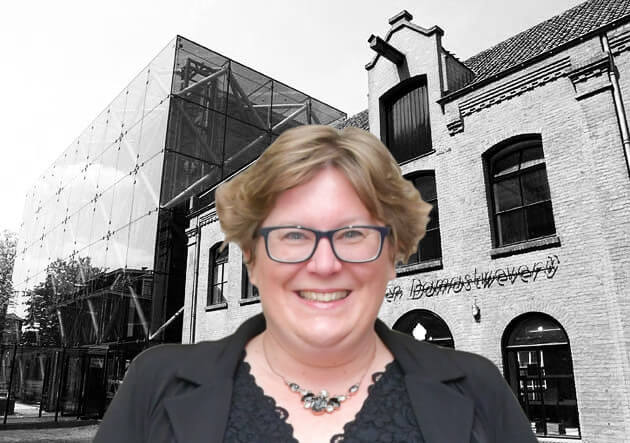
Choices we make now affect the future. Every day. To make those choices well, we must learn from the past and to build the future. The future is not something that happens to fall from the sky but something we shape ourselves. The future is like an oil tanker, which, decision by decision, does push you in a certain direction. Every person should learn the skills they need to do that.
As a scientist, I deal with design-oriented research daily. What makes design-oriented research different from other forms of research is that it focuses not on the world as it is but on the world as it could be. Nothing is better than thinking about how the world could be in the future. That thinking is not something you happen to be able to do or not do. Through the insights of Edward de Bono (see this earlier column), we know that thinking is something you can train. So as a training exercise, I immersed myself in the world of future thinking.
Two worlds
The world of future thinking is not one world; it is actually two. And those two worlds are completely different. One world, that of forecasting, is as different from the other world, that of backcasting, as the right is different from the left: both are about a direction, but that direction is in the exact opposite direction. Forecasting researchers take the here and now as their starting point. They look at the relevant trends and developments now and extrapolate those developments, in scenarios or otherwise, into the future. The future researchers who do backcasting walk in exactly the opposite direction: they start with a mental time-travel into the future, see a desirable future in front of them, and walk back from that perspective to the here and now to see what we have to do now to get there.
At the turn of the millennium, forecasting was the dominant method. But in the last few years, backcasting has been on a meteoric rise, both in science and in practice. Not surprisingly, we are slowly reversing the dominant direction. Whereas forecasting on paper provides a nicely substantiated story, in practice, it often produces a feeling of dissatisfaction at the same time. How do you really know what is going to happen? How can you assess which technologies will lead in a few years? And what do you do if you have analyzed it so well, but then something suddenly occurs that was not in the analyses (think COVID-19)? Nobody has a crystal ball, so why should the forecaster have one.
Forecasting sells itself easier because it assumes the already existing, the already known, but quickly leaves the user with a sense of “cat in the bag. Futures researcher Johanna Hoffman sums it up nicely, “While this kind of visionary thinking is inspiring, it promotes the faulty belief that the right blend of technological tools, spatial strategies, and expertise inevitably leads to good solutions” (Hoffman (2022), Speculative Futures, p. 12-13).
Meteorite or oil tanker
Therefore, the emphasis in futures research is increasingly on backcasting. Since backcasting is exactly the opposite direction, so is that uneasy feeling of discontent. Whereas forecasting starts nice and concrete and analytical but ends in limbo, backcasting starts in limbo but ends nice and concrete. It feels very uncomfortable at first to put yourself in an imaginary time machine and make a mental time travel into the future. But then, when you reason back to the here and now, you end up with a sharp vision and very concrete steps. Those concrete steps provide a sense of having a grip on your future. Whereas in forecasting, you see the future as a meteorite that, fast or not, is coming at you, in backcasting, you see the future more like an oil tanker that you can quietly push in a certain direction. You can literally design a course for that oil tanker.
Precisely because of this feeling of having a grip on your future, I think it is a nice development that the emphasis in futures research is shifting more and more to backcasting. Backcasting also gives more room to emotion. It is precisely experiencing that emotion that drives the person to act. Several scientists, therefore, argue that applying backcasting is not only more effective but also that it makes people stronger and more resilient. This involves what science also calls social resilience: navigating an unpredictable future and creating change within that context. The more this ability is developed in an individual, the more optimistic and decisive the individual is in life. Thus, experiencing a grip on your future also positively affects your well-being.
Future at school
Precisely because of this positive effect on social resilience and well-being, it is extra important that, in addition to history, the subject of the future be taught at school. Thinking about the future is a skill that can be taught and trained. You can’t start early enough. Backcasting is very difficult. You don’t just go on an effective mental time travel into the future; you have to practice it. Especially the younger generations have the longest future ahead of them, so the course of their oil tanker can be steered the most. What could be more important than learning to explore the future together at school and discovering how to take steps toward a desired future? Peter Drucker rightly observed, “The best way to predict the future is to create it.” We have to teach youngsters not only to understand the past but also to create the future.

